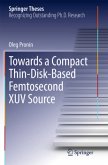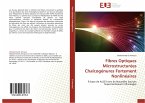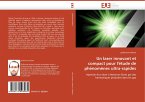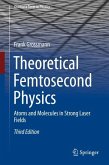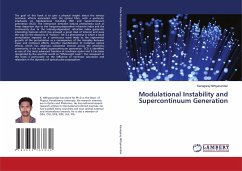This work deals with the realization of compact and multi-Watt femtosecond supercontinuum sources based on diode-pumped laser oscillators and highly nonlinear glass fibers. Micro-structured fibers, either tapered fibers or photonic crystal fibers (PCF), can convert narrow band laser light into multiple octave broad spectra. Average powers of several Watts and conversion efficiencies of more than 50 % can be achieved. In the femtosecond regime, a unique property of those spectra is a high spectral phase coherence. The main part of this thesis describes the development of two diode-pumped sub-200 fs laser oscillators. On one hand, a very compact 20 MHz Yb:glass laser, on the other hand, a highly efficient multi-Watt 44 MHz Yb:KGW oscillator. The latter system is based on a thorough study of Yb:KGW slab-oscillators pumped by broad-area laser diodes. The thermal effects in the Yb:KGW crystal slabs pumped by high-power broad-area diodes were investigated in detail experimentally as well as numerically. The second part of this work comprises a study of the properties of supercontinua generated in tapered fibers with Ytterbium lasers with typical wavelengths around 1 µm.
Hinweis: Dieser Artikel kann nur an eine deutsche Lieferadresse ausgeliefert werden.
Hinweis: Dieser Artikel kann nur an eine deutsche Lieferadresse ausgeliefert werden.


